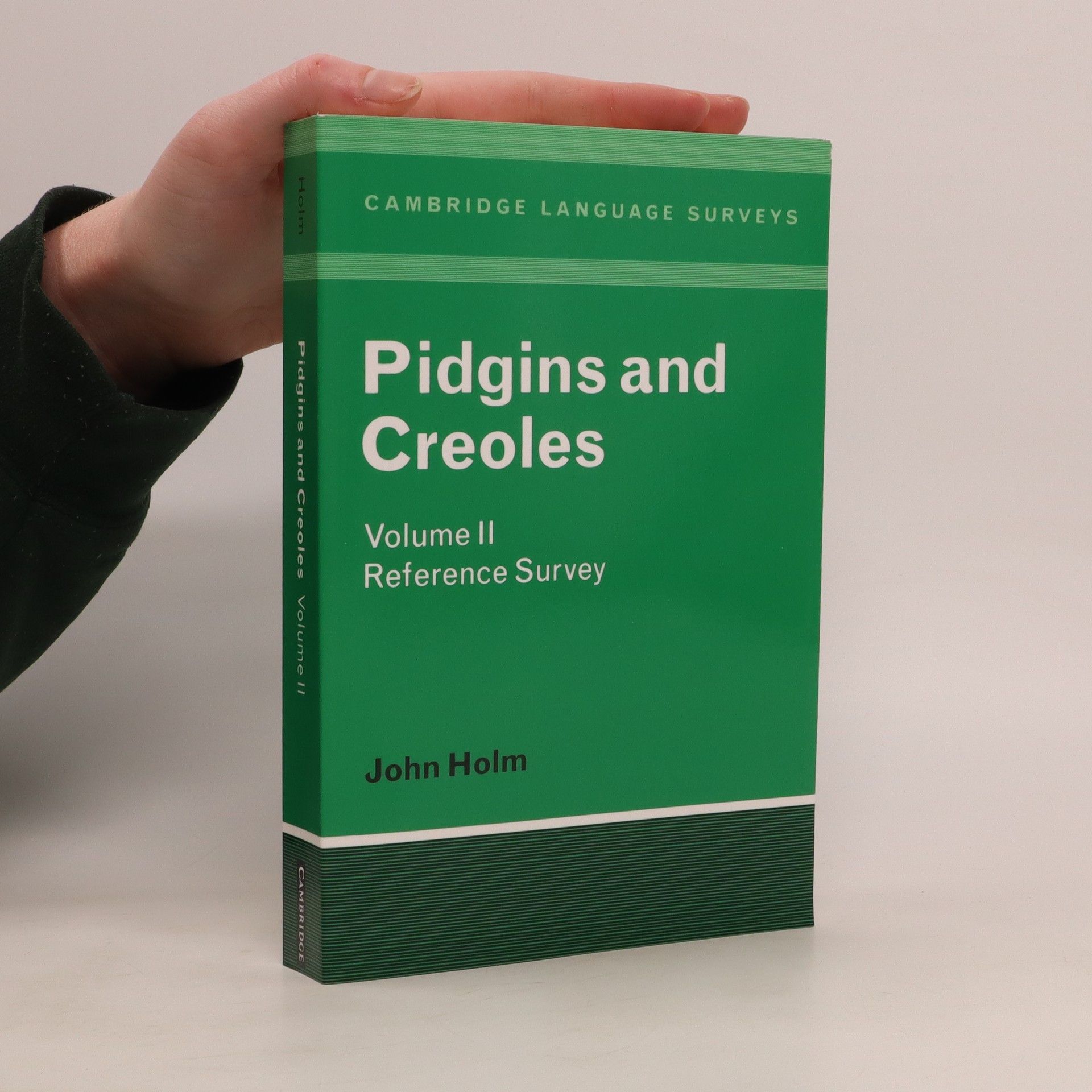This first volume of Holm's extensive survey of pidgins and creoles offers a contemporary and accessible introduction to a field that has emerged in recent decades. Aimed at both students and general readers with a foundational understanding of linguistics, the book's unique perspective will also engage specialists seeking a comprehensive overview of linguistic relationships among these languages. Creolized versions of English, French, Spanish, Dutch, Portuguese, and others developed during European colonial expansion, leading to creoles like Jamaican, Haitian, Papiamentu, and approximately one hundred others, as well as semi-creoles such as Afrikaans and American Black English. Traditionally, scholars have focused on specific language varieties in isolation, complicating comparative research on the origins, evolution, and structure of creoles. Holm's work draws on extensive studies of multiple languages to highlight the significant similarities among creoles and to challenge existing linguistic theories. The volume emphasizes empirical analysis over mere description, featuring a comparative study of creoles derived from European languages in Africa and the Caribbean, showcasing notable similarities in lexical semantics, phonology, and syntax. A subsequent volume will provide a socio-historic overview of language development and include text examples with translations of the restructured languages.
John A. Holm Libros




An overview of the socio-historical development of some one hundred different pidgins and creoles.
An Introduction to Pidgins and Creoles
- 308 páginas
- 11 horas de lectura
This book offers a clear and concise introduction to the emergence of new languages, exploring the processes and factors that contribute to language formation. It delves into linguistic evolution, providing insights into sociolinguistic influences and the dynamics of language change. Readers will gain an understanding of the complexities involved in language development and the implications for communication and culture.